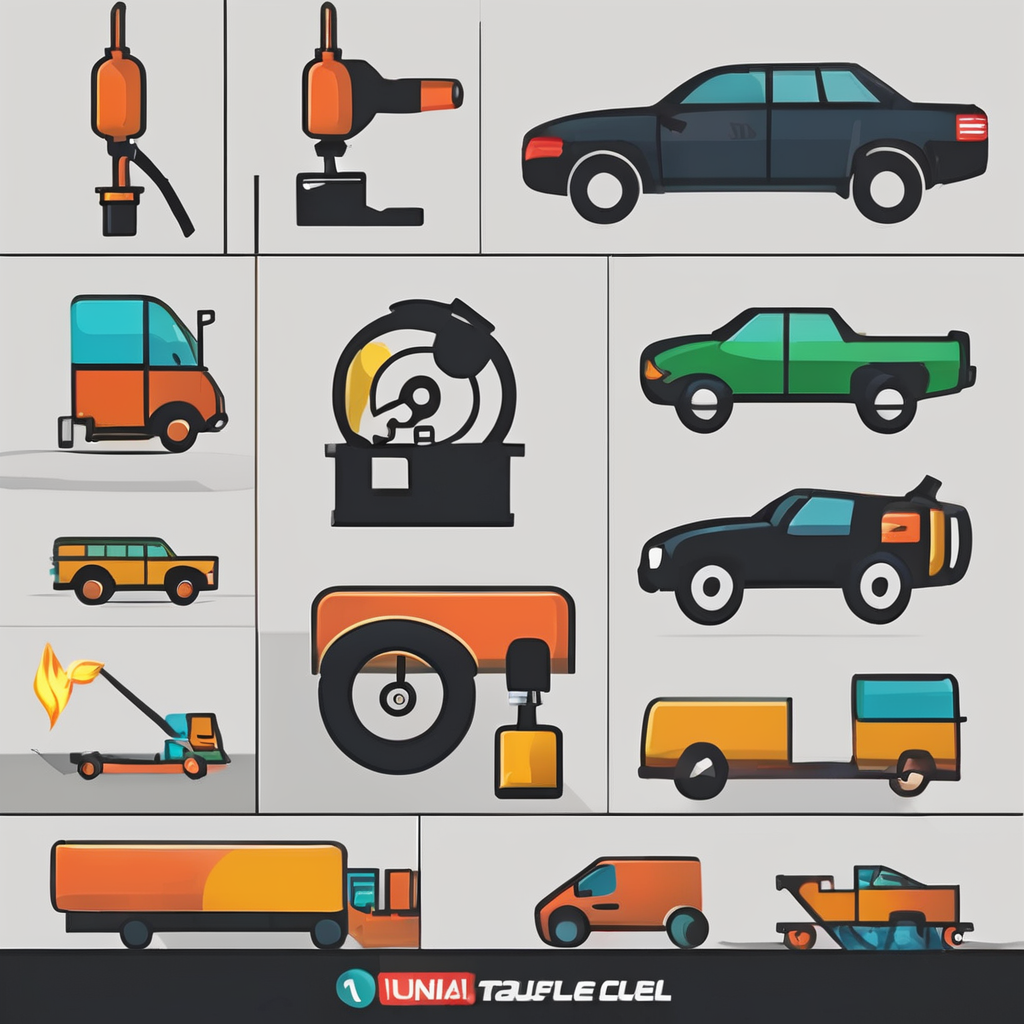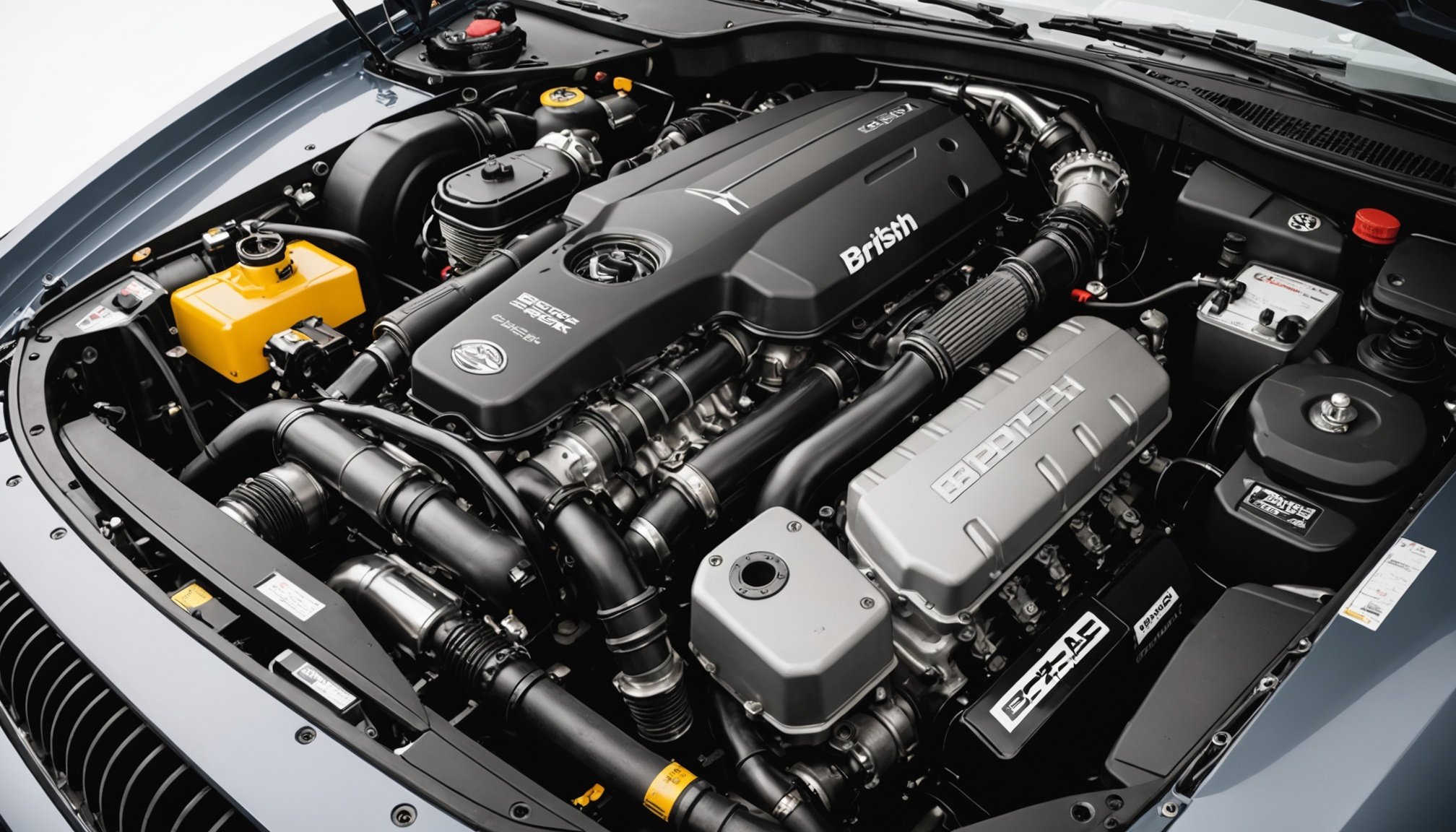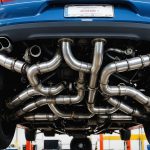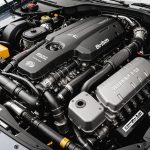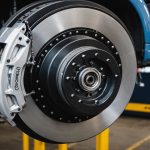General Torque Specifications for British Sports Car Engines
Torque specifications are pivotal in enhancing engine performance in British sports cars, ensuring optimal power delivery. The importance of precise torque settings cannot be overstated, as they directly influence an engine’s efficiency and longevity. Varying torque specifications cater to different car models, reflecting the diversity and engineering complexity of British sports cars.
Specific torque settings vary significantly among popular models. For instance, the renowned Jaguar E-Type demands meticulous torque adjustments to ensure its straight-six engine performs optimally. Similarly, Aston Martin models, known for their V8 engines, require precise torque application to achieve desired performance metrics.
In the same genre : Mastering active noise cancellation in your british luxury sedan: the ultimate guide to optimal settings
Manufacturers, acknowledging their importance, provide detailed torque guidelines. These guidelines ensure proper torque application during assembly and maintenance, enhancing vehicle performance. Adhering to these specifications during routine checks is not just a preventative measure but also a proactive approach to maximizing engine efficiency.
Adopting manufacturer-recommended practices for torque application is vital. Frequent deviations can lead to premature engine wear, loss of performance, and even safety hazards. Thus, understanding and applying correct torque specifications ensures these engineering marvels operate at their peak while prolonging their impeccable performance reputation.
Topic to read : Your comprehensive handbook: key strategies to prepare your british classic motorcycle for winter and ensure optimal performance
Torque Specifications by Engine Type
Understanding the specific torque settings for various engine types in British sports cars is crucial for ensuring peak performance and longevity. The torque specifications differ notably across various engine architectures, reflecting their unique engineering demands. Below, we delve into the specifications breakdown for the most common British engines: Inline, V8, and Flat engines.
Inline Engines
Inline engines are celebrated for their smooth operation and balance. They require precise torque specifications to maintain their unique characteristics. For instance, the Jaguar XK inline-six necessitates torque adjustments tailored to its distinctive geometry, ensuring harmonious engine performance.
V8 Engines
V8 engines, known for their robust power delivery, demand meticulous attention to torque settings. Models like the Aston Martin V8 utilize specific torque specifications to harness maximum output while ensuring engine longevity. Correct torque application in these engines is pivotal to avoid mechanical stress and optimize performance.
Flat Engines
Flat engines, which offer a low centre of gravity for better stability, have their own torque demands. Ensuring proper torque on these engines, such as those found in classic British models, is essential to prevent imbalance and maintain reliability. Inaccurate torque can lead to compromised performance and potential engine damage.
Application of Torque in Engine Assembly
Precision in torque application is critical during engine assembly to ensure performance optimization in British sports cars. Adhering to recommended assembly techniques not only ensures optimal engine functionality but also prevents potential damage due to improper practices.
Best Practices for Applying Torque
To achieve the best outcomes, manufacturers recommend using calibrated torque wrenches. These tools guarantee accurate force application, vital in avoiding both overtightening and under-tightening—the latter of which can lead to serious mechanical failures. Additionally, consistent application methods enhance performance optimization by evenly distributing stress across engine components.
Tools and Methods for Accurate Torque Application
Utilising digital torque wrenches is highly advantageous. These tools provide real-time feedback, ensuring precise settings are met consistently. Moreover, applying torque in a structured sequence can further safeguard engine integrity. Such systematic approaches are crucial in assemblies involving complex engine geometries typical of British sports cars.
Consequences of Improper Torque Application
Failing to apply the specified torque can compromise engine health dramatically. Issues such as blown gaskets, warped components, and even catastrophic engine failure can result. This highlights the necessity for meticulous torque application to maintain the high-performing standards expected of these engineering masterpieces. Proper methods solidify the longevity and reliability of British sports car engines.
Maintenance and Torque Considerations
Engine maintenance is pivotal for sustaining the dynamic performance tuning of British sports cars. Regular torque checks are an integral part of any thorough maintenance routine. These checks ensure that all components are operating at their optimal settings, preventing the development of faults that could degrade performance.
During routine maintenance, precise torque settings are vital. Improper torque during service intervals can lead to inefficiencies and, in some cases, mechanical failures. For example, incorrect torque can affect gasket seals, leading to leaks and reduced compression, which then impacts power delivery and engine health.
Performance tuning through nuanced torque adaptation allows for the fine-tuning of cars, customising them to specific driving conditions or personal preferences. Adjusting torque settings can lead to improvements in acceleration responsiveness and overall vehicle dynamics.
It is advisable to follow the manufacturer’s recommendations for torque specifications during service intervals. By doing so, owners ensure their vehicles remain in peak condition and maintain the reliability for which British sports cars are renowned. Incorporating professional assessment and adjustment of torque during these intervals is an investment in longevity and performance. Regular maintenance coupled with accurate torque specifications guarantees continued excellence and safety.
Resources for Further Learning
Navigating the world of British sports cars requires a keen understanding of their intricate details, especially when it comes to torque specifications. For enthusiasts and professionals alike, delving deeper into this subject can significantly enhance engine performance and satisfaction with the vehicle.
Recommended Manuals
To thoroughly comprehend the technical manuals related to British sports cars, it’s vital to consider materials directly from the manufacturers. These documents often provide the most accurate and specific insights into the torque specifications needed for various models. They also detail the procedural guides for proper maintenance and adjustments, ensuring that each vehicle operates optimally.
Online Forums and Communities
Participating in online forums and communities serves as a dynamic way to share and gain knowledge about British sports cars. These platforms allow individuals to discuss nuances in torque specifications as well as share personal experiences and solutions to common challenges. Engaging with seasoned enthusiasts and experts can offer valuable practical tips that aren’t always found in manuals.
Advanced Torque Techniques
Exploring advanced torque techniques can further elevate one’s understanding, particularly for those seeking to customise or enhance engine performance. These techniques can incorporate the latest innovations in tools and methodology, ensuring application precision. Such advanced strategies not only support longevity but also improve the car’s overall efficiency and responsiveness.
